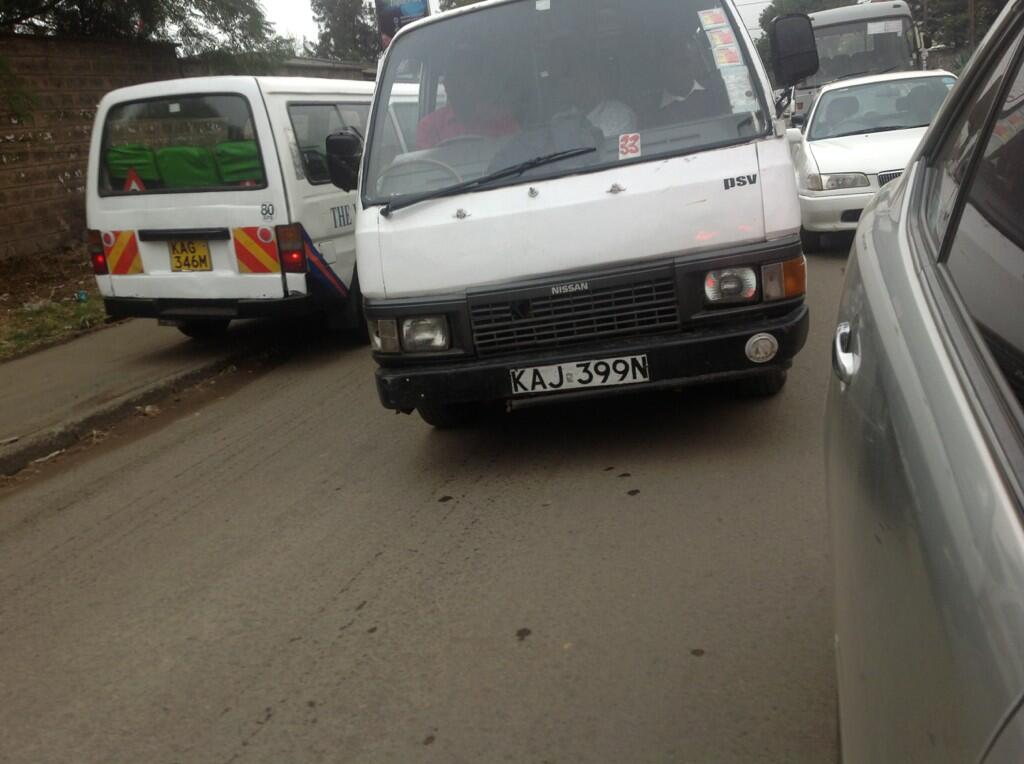This is what an estimated 46% of Kenyans survive on.
An interesting side effect of the car breaking down is that
it has brought me a lot closer to reality for most Kenyans. Without a car, my world
has been limited to where I sleep, the
house I'm fixing, and the village where I get off the matatu. Which has meant that
(bearing I must buy fresh each day as I don't have a fridge) if I want to eat
or drink anything, I've had to either pick it off the trees or buy it in the
village where the range of items on sale is geared more towards the 46%. The knock-on
consequence is that I've been spending about 3.50 USD a day; 2.50 USD on the
"luxury" of boda-boda rides, and one dollar on food and matatu fares.
As I hinted at above, the stalls in the village where I get
of the matatu have a pretty limited selection. You're basically restricted to
local fruit and vegetables, bread, mandazi (a kind of lightly spiced pastry), soda
and water. Forget meat, cheese, juice, snacks, or just about anything else. My diet for the week evolved in line with this; mandazi for brunch, and avocados (from the tree) as a snack and vegetable stew for dinner, with (boiled) water to drink. Just under 50 shillings for that lot, plus 40
for the matatu and we get to 85-90 shillings, which is about a dollar.
 |
| Just imagine this is all you get, every day, for the rest of your life.... |
But I am by no means claiming hardship; it has been an
eye-opening few days. There are so many reasons why my temporary dollar a day
is a very long way from reality faced by many Kenyans and most Africans.
Firstly, like the majority of people living in European
countries, I've had the benefit of years of good balanced diet. I maintain that those living in Europe who
have not benefited from this have had an unbalanced diet due to choice -
either their parents or theirs - and not due to outright poverty. A week without
all the food groups isn't going to have lasting effects on a previously well-nourished human being such as myself.
Secondly, even my limited diet for this short time did not truly reflect
that of the 46%. My vegetable delights must have seemed pretty gourmet to many poorer
people. After all, more often than not the standard diet for them is ugali - a maize flour
based staple similar to polenta, very likely served without any accompaniment - washed down with tea (the lucky ones take milk in their tea).
Thirdly, my dollar a day excluded a whole host of other
expenses. Accommodation, clothes, healthcare, electricity, cooking and heating
fuel to mention a few... all things that one way or another, I (like most of
you) am lucky enough to have at my disposal. Not to mention, strictly speaking,
I was on around USD 3.50 a day, as I spent USD 2.50 on boda bodas to save
walking a 12km round trip each day. Most people would have to walk this; and indeed it
is possible to find people who walk distances much further than this on a daily basis.
The experience of the week has served as a stark reminder of just how lucky we are. Food for thought (if you excuse the pun) next time you complain about the canteen food in your place of work...
































